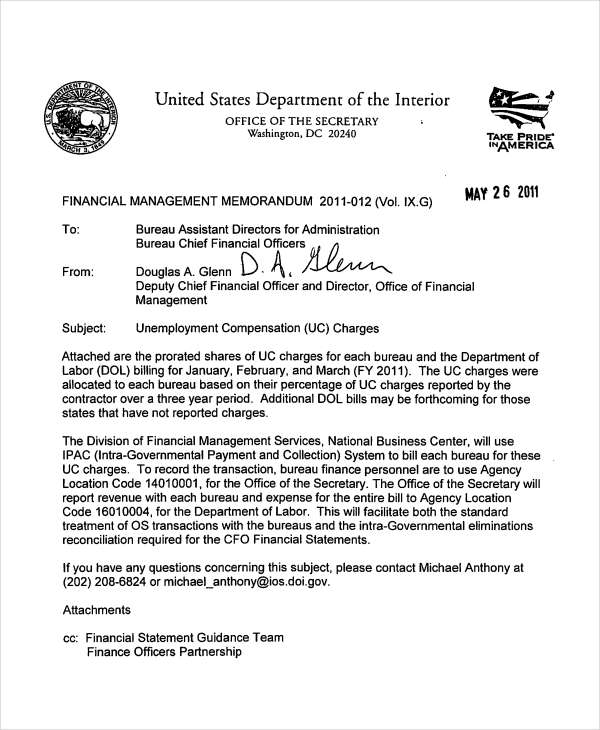This rhetorical analysis sample represents the key aspects that people should know in academic writing. In this paper, writers can find the main aspects, including tips that they can use in their works. In particular, any rhetorical analysis starts with researching credible sources to find necessary information, examining the author’s logos, ethos, and pathos. After that, writers organize their paper by following the structure that includes the introduction, body paragraphs, and conclusion. Moreover, academic works include a thesis statement that is the voice of the author. Thus, this rhetorical analysis sample underlines the importance of researching credible sources and organizing it by following the academic structure of writing.
Introduction
A rhetorical analysis sample examines how an article influences readers. The analysis of works serves to define the main claims of the author or authors to determine the relevance of the information. In this case, academic writers have to research credible sources and not to use predatory articles. The accuracy of the choice of the sources causes a huge influence on the image of the author of the rhetorical analysis. After that, the academic writers analyze the key aspects of the author or authors by referring to logos, ethos, and pathos. Then, people organize their ideas by using the introduction, body paragraphs, and conclusion to make a valid claim. Thus, this rhetorical analysis sample points out that gathering the necessary information and finding source’s credibility by examining logos, ethos, and pathos are essential in writing the introduction, following a thesis statement, organizing the body paragraphs, and making the conclusion.
Gathering Information
A rhetorical analysis can be written fora different purposes, including academic studies or personal needs. In this case, rhetoric concentrates on investigating and identifying how the author or authors used rhetorical devices in their works to persuade their audience. Researchers must find relevant and credible sources to use them in their papers (Longaker 8). It means that predatory sources and blogs cannot be used in academic writing. Moreover, all of the fields require specific knowledge of the topic and understanding the used materials. In the analysis, academic writers illustrate how the author or authors of the work organize rhetorical devices with their thoughts to make their arguments (Longaker 9). This aspect means that writers read the sources and find the relevant information for the topic or idea of their choice. Researchers must have their own ideas while they support it by using credible sources.
Source’s Credibility
Academic researchers must define the level of the credibility of the sources. Researchers must show the understanding of the main idea of the article, including the source’s credibility. In this case, writers should check the sources by finding the information on the author or authors. For example, if the researcher finds a blog on the topic, it means that this source can be written by anyone while the level of the credibility of the source is low (Longaker 35). In turn, researchers have to separate scholarly and predatory sources to provide academic work as a final product. Moreover, academic researchers have to show a clear understanding of the topic and explanations of why they use credible sources in their articles. Therefore, the content of the academic article is for the scholarly audience.
Appeal
By gathering information, academic researchers examine the appeal of the author by considering rhetorical elements. In this case, the term “appeal” in the rhetorical analysis means the rhetorical devices to catch the attention of the defined audience by using logos, ethos, and pathos (Longaker 74). Rhetorical devices help people to define their techniques to persuade their audience. Therefore, by understanding logos, ethos, and pathos of the author, researchers can create credible work that people will enjoy by reading it.

Logos
Logos is the result of human actions and intelligence. By using logos, this rhetorical element serves for reasoning an argument as the technique to persuade people (Longaker 78). The logical devices include data, evidence, facts, and personal experience, and other aspects as the basis for strengthening the idea. By implementing logical ideas, writers can catch the minds of the readers because they enjoy
Ethos
Ethos is another example of the rhetorical device. The ethical appeal represents the credibility of the source or the character while it shows that the author or authors know about what they talk (Volokh par. 2). The bright example of ethos is a situation when the author refers to his education by discussing issues from the same field. It means that readers understand that the author has specific knowledge of what the person talks.
Pathos
If writers choose pathos as a way to appeal to the audience, they should consider emotional elements in their works. In particular, pathos means a situation when the writer uses words to appeal to the emotions as the way to catch the hearts of the audience (Longaker 75). These emotions can be different, covering human feelings. In this way, this element of rhetoric is useful if people want to catch the hearts of the audience.
Introduction Part
The introduction part is the first section of any research paper where the author provides a brief summary of the gathered information. In this case, researchers have to describe key points of the body paragraphs, leading to a clear thesis statement (McGuigan et al. 17). In this section, writers have to enjoy people to read their work and find answers to the claim. They can explain the importance of their topic for rhetorical analysis and its connections to the rhetorical devices.
Thesis Statement
The introduction part must have a thesis statement. It is important to note that a thesis statement and a purpose statement are different types of claims. In most case, the thesis statement covers the main idea of the article, covering from one to two sentences while a purpose statement covers future actions (McGuigan et al. 21). Therefore, in any rhetorical analysis, people have to use only a thesis statement to be coherent in the field. The research is done before writing, not after.
Body Paragraphs
All body paragraphs explain key aspects of the introduction and thesis statement. The structure of the body paragraphs includes a topic sentence, citations, explanation, and transitional fragments (McGuigan et al. 25). It means that academic writers have to follow standards even in rhetorical analyses. In these sections, writers can use ideas and analyses to explain logos, ethos, and pathos.
Conclusion Part
Any work must have a logical conclusion that summarizes the main findings. In academic papers, the main goal of the paper is to research a specific issue by gathering the information. The written paper is the result of this research, and there must be the answer “so what?” while the conclusion part provides highlights on it (McGuigan et al. 32). Therefore, the conclusion section summarizes the key aspects in the body paragraphs, restating a thesis statement. It is important to note that writers do not use in-text citations in this section since there must be the author’s thoughts on analyzed sources.
Conclusion
In conclusion, this rhetorical analysis sample breaks the scholarly work into parts and elaborates how these elements work together to form a specific effect, including entertainment, persuasion, or informing. It explores the author’s goals, techniques, and their effectiveness. Thus, in order to write an efficient rhetorical analysis that persuades the audience, one would need to gather the necessary information, separate creditable and predatory sources, examine the use of logos, ethos, and pathos. After that, the writer organizes all the findings in the introduction, body paragraphs, and conclusion parts by formulating a thesis statement that is the original author’s claim on the topic.
Works Cited
Longaker, Mark Garrett, and Jeffrey Walker. Rhetorical Analysis: a Brief Guide for Writers. Longman, 2011.
McGuigan, Brendan, et al. Rhetorical Devices: a Handbook and Activities for Student Writers. Prestwick House, 2016.
Volokh, Eugene. “Logos, Ethos, and Pathos (Not to Be Confused with Athos, Porthos, and Aramis).” The Washington Post, 2017, www.washingtonpost.com/news/volokh-conspiracy/wp/2017/12/11/logos-ethos-and-pathos-not-to-be-confused-with-athos-porthos-and-aramis/?noredirect=on&utm_term=.de5394172722.


